I don't exactly know how to word this question properly, so I'll make an attempt:
See the rasterized SVG on this page? Looks pretty distorted, and - excuse me language - rather s***. Now let's compare it with the one here. Both of them have the exact same SVG file and the source code is identical in wikitext. The difference is in how the rasterized "thumbnail" is generated, it seems.
The result I get from MediaWiki.
The intended result.
From what I have noticed - correct me if I'm wrong - both Wikipedia and Wikia either create several rasterized thumbnails for the SVG, or just simply generate them on demand, depending on the size the pages want. MediaWiki by default however, only generates one thumbnail, which is implied to have the same resolution as the original SVG - which gives us blurry and **** raster-images when rasterizing a small SVG to a large image.
Either that, or the SVGs don't get scaled/resized prior to thumbnailing/rasterization, when they should be.
Just for heads up, here's some come from my LocalSettings.php:
$wgFileExtensions = array( 'png', 'gif', 'jpg', 'jpeg',
'xls', 'mpp', 'pdf', 'ppt', 'tiff', 'ogg', 'svg',
'woff', 'eot', 'woff2'
);
// $wgSVGConverters['ImageMagick'] = '"' . $wgImageMagickConvertCommand . '" -background white -thumbnail $widthx$height^! $input PNG:$output';
// $wgSVGConverters['ImageMagick'] = '$path/convert -density $width -geometry $width $input PNG:$output';
$wgSVGConverters['ImageMagick'] = '$path/convert -density 1200 -background none -geometry $width $input PNG:$output';
$wgSVGConverters['rsvg'] = '/usr/bin/rsvg-convert -w $width -h $height $input -o $output';
$wgSVGConverter = 'ImageMagick';
// $wgSVGConverter = 'rsvg';
$wgSVGMaxSize = 2048;
$wgMaxImageArea = 1.25e7;
$wgMaxAnimatedGifArea = 1.0e6;
$wgUseImageResize = true;
$wgGenerateThumbnailOnParse = true;
So... how do I enable having multiple thumbnails, if the lack of them is the cause of the problem? Is this even the cause of the problem to begin with? If not, what is the real reason why I'm not getting my intended result? What can I do?
EDIT: Already solved by switching over to ImageMagick to RSVG.


